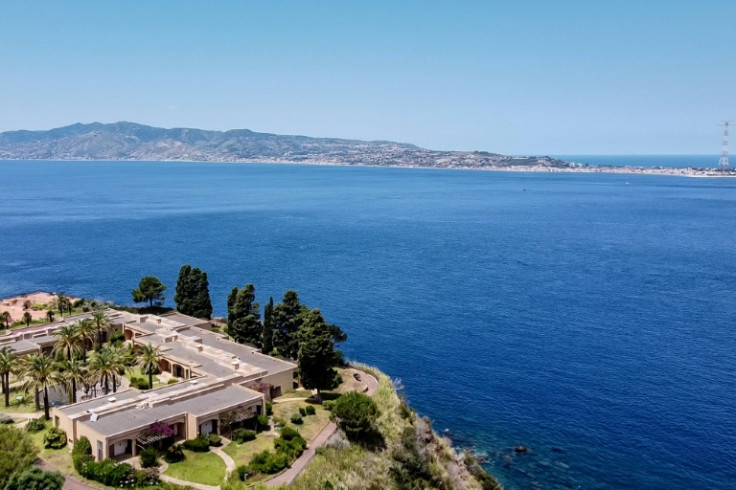Italy's Meloni Revives Contentious Sicily Bridge Plan

Italian Prime Minister Giorgia Meloni's cabinet passed a decree Thursday relaunching a controversial project to build a huge, multibillion-euro bridge linking Sicily to the mainland.
Meloni's right-wing coalition sees the bridge as key to boosting Italy's influence in the region and reviving the economy in the country's poorer south, despite doubts over its structural viability, environmental impact and cost.
At 3.2 kilometres (two miles) long, the bridge "will represent the flagship of Italian engineering," said Transport Minister Matteo Salvini.
The idea of the bridge can be traced back to the ancient Romans, but modern attempts to launch the project have repeatedly failed due to the great expense and the challenges of erecting a structure linking Messina to Reggio Calabria in an area prone to earthquakes.
The last blueprint, which dates back to 2011, would be "adapted to new technical, safety and environmental standards," Salvini said.
Former premier Silvio Berlusconi, whose government had strongly backed a plan for the bridge in the 2000s, on Thursday said the engineering feat would "connect Sicily not just to Calabria, but to Italy and the whole of Europe".
Construction could begin in mid-2024, said Berlusconi, whose party belongs to the coalition.
Parliament has 60 days to convert the decree into law.
Currently, the only way to get from the island to the mainland is via ferry or plane.
Supporters of the bridge -- which would carry trains as well -- say it could cut pollution and save time for both people and cargo.
Cargo ships coming through the Suez Canal from Asia could dock in Sicily, with goods put on high-speed trains to the rest of Europe.
But critics say the money would be much better spent on improving pitiful train and road services within Sicily and Reggio Calabria.
Italian environmentalists have also always opposed the project in the Strait of Messina.
The Legambiente environmental group said Thursday the money should instead be used to meet climate change objectives, and urged Meloni's government to invest in railway electrification and "modern, frequent and punctual trains" in the "transport desert".
A maritime transport union also warned in February that the bridge would have to be higher than the 65 metres envisaged in previous plans, or some cruise ships or cargo vessels would not be able to pass underneath.
Dreams of a bridge across the Strait date back to 252 BC, when Roman Consul Metellus transported war elephants from Carthage to the mainland on barrels lashed together to make rafts, according to Pliny the Elder.
© Copyright AFP 2024. All rights reserved.





















